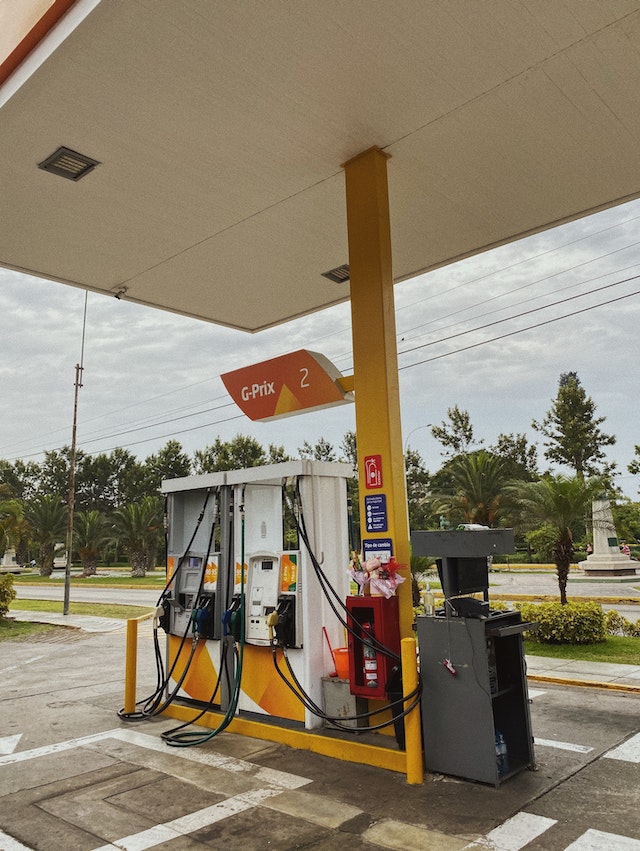Sustainability has become a significant focus for the oil and gas industry across Europe, America and Asia. Various environmental, social and governance concerns are causing pressure to drive action toward a more sustainable business model.
While reducing emissions and improving energy efficiency are key drivers, the industry is also focusing on other factors that have a positive impact on its bottom line. These include:

Environmental Impact
The oil and gas industry produces vast amounts of air and water pollution, which impacts public health. It also emits greenhouse gases, including methane, the most potent climate change gas.
The construction of roads, pipelines, and well pads can harm local ecosystems by causing erosion and habitat fragmentation. They can also alter wildlife migration patterns and cause changes in local land use.
These impacts are particularly common in areas where oil and gas production has been concentrated. In addition, they can impact natural wetlands, rivers, and streams.
Oil and gas extraction operations can have negative environmental impacts at all stages of the project, from exploration to decommissioning. These include indirect (sound and traffic) and direct physical disturbances, such as anchor chains, drill cuttings, and drilling fluids.
Social Impact
The oil and gas industry has a wide range of impacts on the environment. This includes air pollution which has been linked to an increase in diseases such as asthma, lung cancer and type 2 diabetes.
This is because fossil fuels burn in power stations, cars and homes, releasing nitrous oxide, particulates and other pollutants into the atmosphere. These pollutants can lead to premature deaths.
Consequently, many companies are working to reduce their impact on the environment. One way they are doing this is through renewable energy.
Another way is through a focus on improving the sustainability of their operations. This can be done by focusing on operational efficiency, using new technologies to decarbonize processes or by finding new ways to produce energy more efficiently.
Regardless of which direction a company takes, they have a responsibility to respect all internationally recognised human rights and avoid infringing on others’ rights. They also have a responsibility to address any negative impacts on those affected by their actions, including access to remedy.
Economic Impact
With a growing focus on environmental sustainability, companies are reevaluating their business practices and planning for future growth. They are putting new technologies in place that can improve safety and efficiency.
They are also using more data to map their energy flows and emissions, so they can see areas that need improvement. These efforts are improving transparency and reducing the industry’s eco-unfriendly reputation.
Oil and gas companies are starting to focus more on sustainable fuels such as hydrogen and biofuels, and they are reducing their carbon emissions. These changes will help the industry shift to a less damaging form of energy and increase their financial returns.
Sustainability issues are reflected in the annual reports of oil and gas companies in different ways. European and American companies are more likely to emphasise lowering emission and strategic flexibility as part of their sustainability strategy than their Asian counterparts.
Community Impact
Sustainability in the oil and gas industry can have an impact on communities. By incorporating sustainable practices into their business processes, companies can grow their bottom lines while benefitting the world.
Investing in sustainable infrastructure can also reduce risks associated with flooding, storms and earthquakes. These climate-related disasters can affect the lives of millions of people, including destroying crops and homes.
The community impact of an oil and gas project is often evaluated using a social impact assessment (SIA). SIAs can help companies develop plans that mitigate the effects of their projects on the local community, while enhancing positive benefits to the environment and community health.
SIAs are designed to create a mutually beneficial relationship between an oil and gas operator and a community that is being affected by the development. These SIAs can also include a community development plan (CDP) that outlines best management practices for addressing potential impacts from the oil and gas development.

